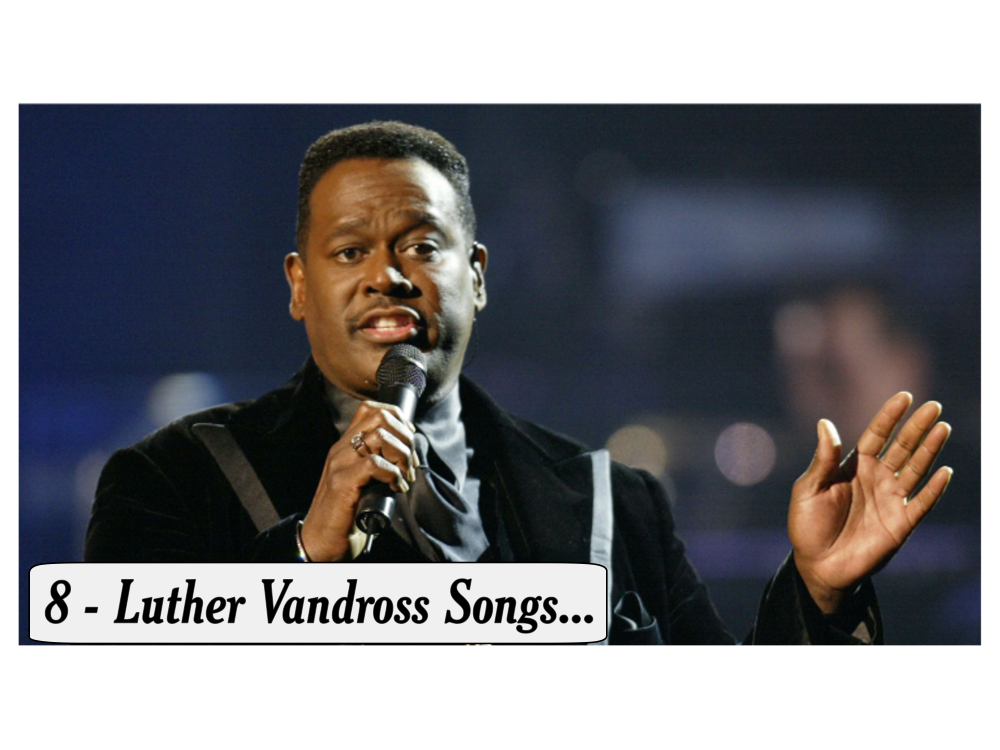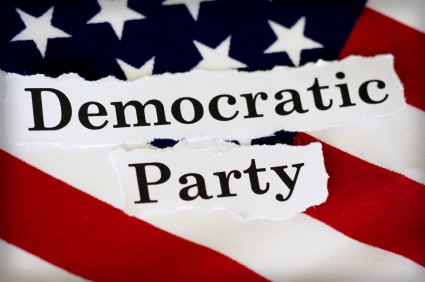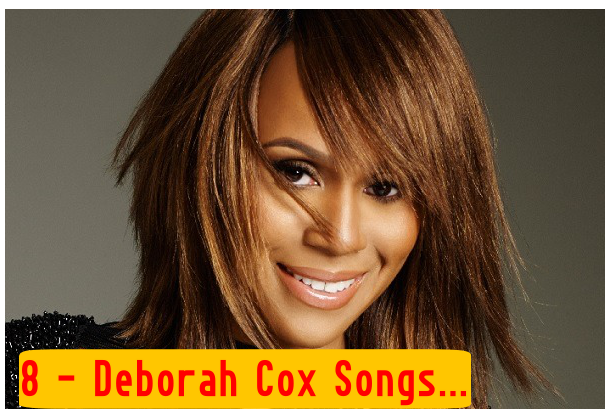(ThyBlackMan.com) About 5 years ago my younger brother, Jerry, a Black activist in his own right, started a new venture called WAMP (What About My People), designed to address the needs and concerns of African Americans in real time. His venture was short lived however, because every time he encountered Chicago police at a traffic stop, he invariably would have to explain the meaning of his vanity license plate (WAMP) to what one might call unsympathetic white police officers. Jerrys concern was appropriately the rationale for this article. A testament to the plight of America in Black and White.
For about two years now, Princeton Economists Anne Case and Angus Deaton have been studying about increasing death rate among middle-aged white Americans. The pair have courted controversy for bringing these facts to light. Not long ago, Pacific Standard’s Malcolm Harris put forth the notion that their research, and the way it was presented, places much importance on white mortality – whereas black mortality doesn’t fare any better. “American white privilege is still very much in effect, and no statistical tomfoolery can change that”, he stated.
A fellow at the left-learning center for American Progress, Sam Fuelwood III, worried that Case and Deaton’s work would further  intensify a mounting narrative about white working class miseries, to the marginalization of the African American experience. “I worry about how political people will manipulate Case and Deaton’s results to argue for more aid for white people, but ignore the same, long-standing concerns of people of color”, he stated recently.
intensify a mounting narrative about white working class miseries, to the marginalization of the African American experience. “I worry about how political people will manipulate Case and Deaton’s results to argue for more aid for white people, but ignore the same, long-standing concerns of people of color”, he stated recently.
Case and Deaton highlight that the trend of rising white American death rates (higher death rates in middle age) is striking because those death rates have been reducing for everyone else; African Americans, Latino Americans, and inhabitants of U.K, Germany and France. When we experience life getting better, it’s strange to see life getting worse.
The disease killing white Americans goes farther than opioids
“It’s not much news if people’s death rates are reducing the way you would hope they reduce” said Case in a recent interview. “What seems like news is when death rates have stopped reducing, and no one has noticed that it has stopped”. That’s exactly the case with the white Americans.
However, the critics on the left do have a valid point, which is that the statistics about black mortality may not have gotten sufficient attention from the media. Hence, it’s worth ironing out now; Black Americans have been dying faster than white Americans for a very long time.
Now, however, the two factions are beginning to look alike in more ways. Especially amongst those on the lowest stairs of the socioeconomic hierarchy, class has become equally important (if not more) than race as a predictor of people’s health and emotional wellbeing.
Case and Deaton have a supporting chart that highlights the reducing mortality gap between black and white people without a college degree. Just in 1995, black Americans with a high school education or less were dying at over twice the rate of white Americans of the same class. Since then however, black mortality has been going down while white mortality, on the other hand, has be steadily rising. In recent years, the two factions have more or less clashed in the middle.
Case and Deaton pointed out that “death of despair” arising from suicide, alcoholism and drug overdoses is the leading cause of the increasing white mortality rate. Public opinion surveys back the theory that white ennui in some ways factor into these mortality trends. Economists Betsey Stevenson and Justin Wolfers have discovered that over the years, white Americans – especially those on the lowest part of the economic ladder – have been getting comparatively less happy.
Nevertheless, black Americans have not always been as happy as their white counterparts. And it’s not down to a matter of white Americans getting paid more on average. As these charts by Stevenson and Wolfer’s point out, even comparing people getting about the same income, white Americans have always been happier than black Americans since at least the 1970s.
This racial happiness gap – just like the racial mortality gap – has been closing in in recent years, especially among lower income Americans. Although Stevenson and Wolfer’s original breakdown ended in 2008, I updated their findings through 2016 using their code and the latest public opinion data from the General Social Survey.
Now, it seems as though lower income white and black Americans have become more or less indistinguishable in terms of how happy they are since 2010. Within $16,000 a year-earning families, Americans of both factions seem equally unhappy. This is only a recent development however, and it doesn’t dispel the fact that for decades, lower incomes African Americans were considerably less happy that white Americans.
Case and Deaton’s study regarding increasing death rates among middle-ages white Americans has procreated a large number of think pieces and feature stories about what was afflicting white America. Their preliminary research came through at just the right moment in 2015, when Donald Trump’s flowing presidential campaign put the focus on white working-class anxieties. Their message appeared to offer one explanation for this appeal; something had really gone wrong with white Americans.
It’s more that the deaths as well. In their latest paper, Case and Deaton point out a number of “social dysfunctions” that are increasing in white communities, including the “decline of marriage, social isolation, and detachment from labor force”. They are of the opinion that all these problems may have an underlying cause- the economic forces that made life much harder for those without a college degree in recent decades.
It’s a perception that applies to all Americans. The argument would have been well regarded during Johnson’s war on poverty, when the breakup of black families was attributed to broken values instead of a faulty economic system for black Americans. But now that white and black Americans are beginning to look more like the same, both in terms of their chances of dying early and their levels of happiness, the mainstream thought also appears to be uniting on the idea that social problems can be activated by lack of economic opportunity.
America’s tough approach to policing black communities began as a liberal idea
This may be the long-term influence of Case and Deaton’s work. As Noah Smith, an economist and columnist writes, “I’d think results like Case & Deaton’s would help convince white Americans that the problems of black America aren’t due to any unique pathology of black culture, and that white and black Americans are in the same boat together”. Now, if I can only convince my brother Jerry to get back to business at the WAMP foundation, he would be hard at work in the struggle changing the world for the better on behalf of African Americans…well, maybe minus the vanity license plate.
Staff Writer; Stanley G. Buford
Feel free to connect with this brother via Twitter; Stanley G. and alsofacebook; http://www.facebook.com/sgbuford.

















Leave a Reply